Bristlenose pleco - Ancistrus triradiatus
Scientific name: Ancistrus triradiatus
Common name: Bristlenose pleco
Family: Loricariidae
Usual size in fish tanks: 10 - 12 cm (3.94 - 4.72 inch)
014
Recommended pH range: 6.2 - 7.7
Recommended water hardness: 4 - 18°N (71.43 - 321.43ppm)
0°C 32°F30°C 86°F
Recommended temperature range: 23 - 29 °C (73.4 - 84.2°F)
The way how these fish reproduce: Spawning
Where the species comes from: South America
Temperament to its own species: peaceful
Temperament toward other fish species: peaceful
Usual place in the tank: Bottom levels
Food and Feeding
The Bristlenose Pleco (Ancistrus triradiatus) primarily feeds on vegetable matter and algae. In the aquarium, their diet should include a variety of plant-based foods such as sinking algae wafers and fresh vegetables like zucchini, cucumber, and spinach. Bogwood or driftwood is also essential in their diet, as they enjoy gnawing on it, which helps with digestion. While they are mostly herbivorous, they will appreciate protein-rich treats such as brine shrimp or bloodworms. Offering these occasionally can enhance their overall health and vitality.
Origin
The Bristlenose Pleco is native to the Amazon River basins of South America, where they inhabit slow-moving waters with plenty of vegetation and submerged wood. While the natural species originates from South America, many of the albino varieties commonly found in aquariums are bred in fish farms across Asia.
Sexing
Sexing Bristlenose Plecos is quite straightforward. Males have larger, more prominent bristles on their heads that extend up to the top, whereas females have smaller bristles, usually restricted to the edge of their chin. These physical differences make it easy to distinguish between the sexes, especially as the fish mature.
Breeding
Bristlenose Plecos are one of the easier species to breed in home aquariums. They are cave spawners, so providing caves, PVC pipes, or other hiding spots is essential for successful breeding. The male will invite the female into the spawning site, where she will lay her eggs. Once laid, the male takes on the responsibility of guarding and fanning the eggs to keep them oxygenated. The eggs usually hatch within 4-6 days, and the fry become free-swimming a few days after hatching. At this stage, the fry can be fed on algae, blanched vegetables, or specialized fry food.
Lifespan
With proper care, the Bristlenose Pleco can live up to 14 years in captivity. Ensuring clean water, a balanced diet, and adequate tank space will help them reach their full lifespan. Regular maintenance and water changes are also crucial for their long-term health.
Tank Requirements
Bristlenose Plecos prefer tanks with plenty of hiding spaces and low lighting. Adding bogwood, rocks, and plants not only provides them with security but also supports their dietary needs. It’s important to provide a soft, sandy substrate to protect their sensitive barbels. A well-functioning filtration system is essential as Bristlenose Plecos produce a moderate amount of waste. The water should be kept between 23-29°C (73.4-84.2°F) with a pH of 6.2-7.7.
Temperament
Bristlenose Plecos are peaceful fish, making them a great addition to community tanks. However, males can become territorial as they mature, especially when it comes to competing for hiding spots. If you provide multiple caves and plenty of driftwood, it's possible to keep more than one male in the same tank. Adequate space is crucial to minimize aggression. A tank size of at least 40 cm x 60 cm (approximately 15.75 inches x 23.62 inches) is recommended to ensure that each male has enough territory. This will reduce stress and allow the fish to establish their own spaces within the tank.
Short Description
The Bristlenose Pleco (Ancistrus triradiatus) is a peaceful, hardy fish that thrives in community tanks. Known for their distinctive bristles on their heads, these plecos are effective algae eaters and help keep the tank clean. They require plenty of hiding spots, especially as males can become territorial. With their small size, manageable care requirements, and peaceful nature, Bristlenose Plecos are a favorite among aquarists.
Pictures
Bought by aqua-fish.net from jjphoto.dk.




 Adonis
Adonis 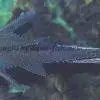 Lyre
Lyre 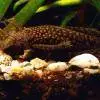 Bristlenose
Bristlenose 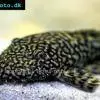 Gold
Gold  Bushymouth
Bushymouth 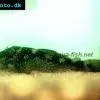 Spotted
Spotted 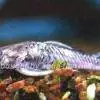 Medusa
Medusa  Bristlenose
Bristlenose 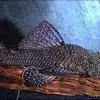 Starlight
Starlight  Spotted
Spotted 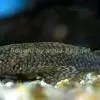 Catfish
Catfish 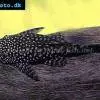 Bushynose
Bushynose  Green
Green 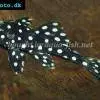 LDA-33
LDA-33 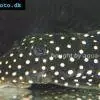 Snowflake
Snowflake  Gold
Gold 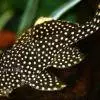 Gold
Gold  Bulldog
Bulldog 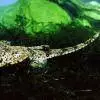 Dasyloricaria
Dasyloricaria 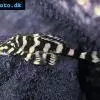 Butterfly
Butterfly  Whiptail
Whiptail 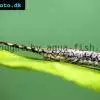 Amazon
Amazon  Twig
Twig 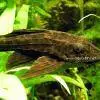 Spotted
Spotted 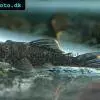 Spotted
Spotted  Lemon
Lemon  Pleco
Pleco 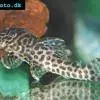 Peruvian
Peruvian 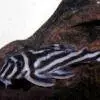 Zebra
Zebra 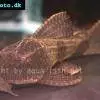 Pleco
Pleco  Hypostomus
Hypostomus 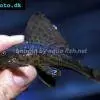 Pleco
Pleco  Suckermouth
Suckermouth 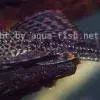 Common
Common 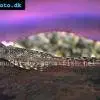 Woodeating
Woodeating 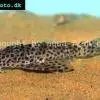 Golden
Golden 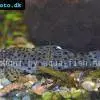 Sultan
Sultan  Multiradiatus
Multiradiatus 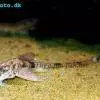 Marbled
Marbled 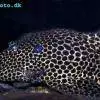 Pleco
Pleco  Dwarf
Dwarf 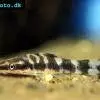 Dwarf
Dwarf  Dwarf
Dwarf  Oxyropsis
Oxyropsis  Orange
Orange 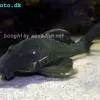 Blue
Blue 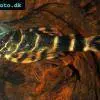 Clown
Clown 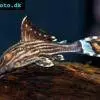 Royal
Royal 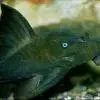 Blue
Blue  Rubber
Rubber  Goby
Goby  Wormline
Wormline  Para
Para 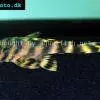 Tiger
Tiger  Leopard
Leopard 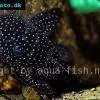 Spiny
Spiny  Marbled
Marbled 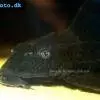 Amazon
Amazon 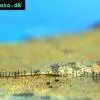 Common
Common  Sunshine
Sunshine 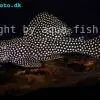 Golden
Golden